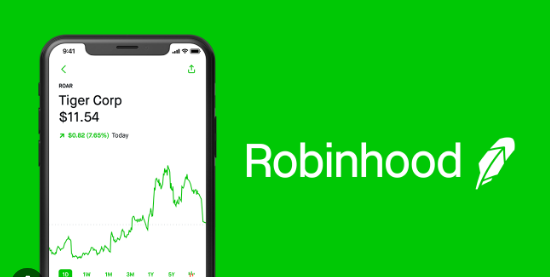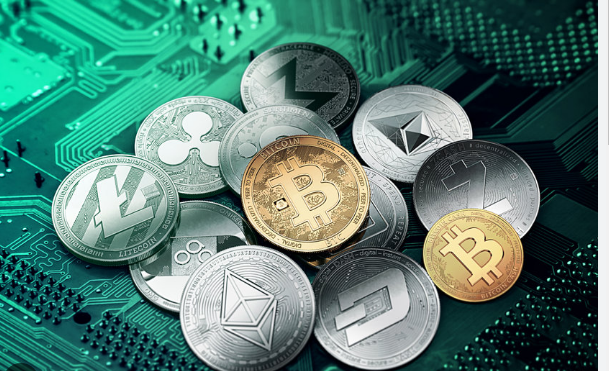
Advertisements
Since the invention of Bitcoin in 2009, hundreds of alternative cryptocurrencies, commonly known as “altcoins,” have emerged. While Bitcoin still dominates the cryptocurrency market, altcoins have become an integral part of the ecosystem. This guide explores what altcoins are, the different types, and factors to consider before investing.
[ez-toc]What is an Altcoin?
An altcoin is any cryptocurrency that is an alternative to Bitcoin. The term derives from the fact that Bitcoin was the first widely adopted cryptocurrency, so any coins developed after are considered alternatives.
Advertisements
Some key features of altcoins include:
- They are decentralized digital currencies, like Bitcoin.
- They use blockchain technology to record transactions.
- They can be obtained through cryptocurrency exchanges, trading, or mining.
In the early days of cryptocurrency, altcoins were simply called Bitcoin alternatives. But as more coins emerged with different purposes and capabilities, the term altcoin became more common.
Types of Altcoins
There are several major types of altcoins available today:
Mining-Based Coins
Like Bitcoin, many altcoins use mining to release new coins. Mining involves solving complex math problems to validate transactions on the blockchain. These problems become more difficult over time, resulting in the issuance of fewer coins. Some examples are Litecoin, Ethereum, and Monero.
Stablecoins
Stablecoins aim to reduce volatility by pegging their market value to an external asset. Typically this is a fiat currency like the US dollar. Tether (USDT) is one example, where 1 USDT is meant to equal $1 USD.
Advertisements
Security Tokens
Some altcoins act as digital assets that represent equity, assets, or voting rights. These security tokens are subject to federal regulations.
Memecoins
These altcoins are based on internet memes or jokes, like Dogecoin. They tend to have very little utility beyond entertainment.
Popular Altcoins
There are now over 9,000 altcoins on the market. Here are 10 of the most popular based on market capitalization as of September 2022:
- Ethereum (ETH) – Smart contract platform.
- XRP (XRP) – Digital payment network.
- Cardano (ADA) – Proof-of-stake blockchain.
- Solana (SOL) – High-performance blockchain.
- Polkadot (DOT) – Web3 foundation.
- Dogecoin (DOGE) – Memecoin.
- Binance Coin (BNB) – Exchange coin.
- Litecoin (LTC) – Bitcoin fork.
- Uniswap (UNI) – Decentralized exchange.
- Chainlink (LINK) – Oracle network.
Considerations Before Investing
While the cryptocurrency market is exciting, there are risks to investing in altcoins:
- Sentiment Driven: Prices are heavily influenced by hype and emotion. Always do your own research.
- Herd Mentality: Many investors buy coins simply because others are doing so. Don’t follow the crowd blindly.
- High Volatility: Cryptocurrency prices can swing wildly for seemingly minor reasons. Only invest what you can afford to lose.
- Limited Track Record: Many altcoins are new and have limited data on long-term performance.
Evaluating Altcoins
When researching an altcoin investment, be sure to evaluate its technical capabilities:
- Does it improve upon Bitcoin’s capabilities in a meaningful way?
- Does the project have a clear roadmap and active development?
- Does the coin have a legitimate use case?
Coins like Ethereum that meet these criteria have performed well long-term. However many altcoins lack development and real-world utility, making them poor investments.
Conclusion
While risky, altcoins present exciting potential beyond just Bitcoin. There are now tailored cryptocurrencies competing across areas like smart contracts, speed, privacy, and more. With thorough research and caution, altcoins can be rewarding investments for those interested in the space. Just remember to evaluate both the crypto’s capabilities and market conditions before investing.







3 comments